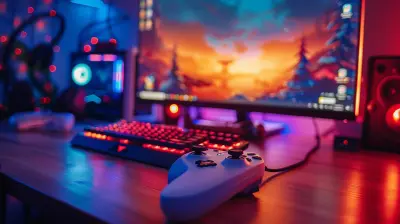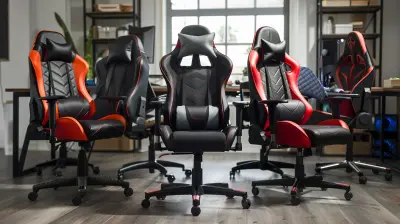Gaming Monitors and the Importance of Refresh Rate
14 October 2025
If you're a gamer, you've probably heard people talk about how important it is to choose the "right" gaming monitor. You'll see specs thrown around like 144Hz, 240Hz, 1ms response time, G-Sync, and so on. But what actually matters? What makes a gaming monitor great — and more importantly, why should you care?
Well, one crucial factor that often flies under the radar unless you're a techie is the refresh rate. Let’s unpack that in detail and see why it's a game-changer (literally) for both casual gamers and hardcore competitive players.
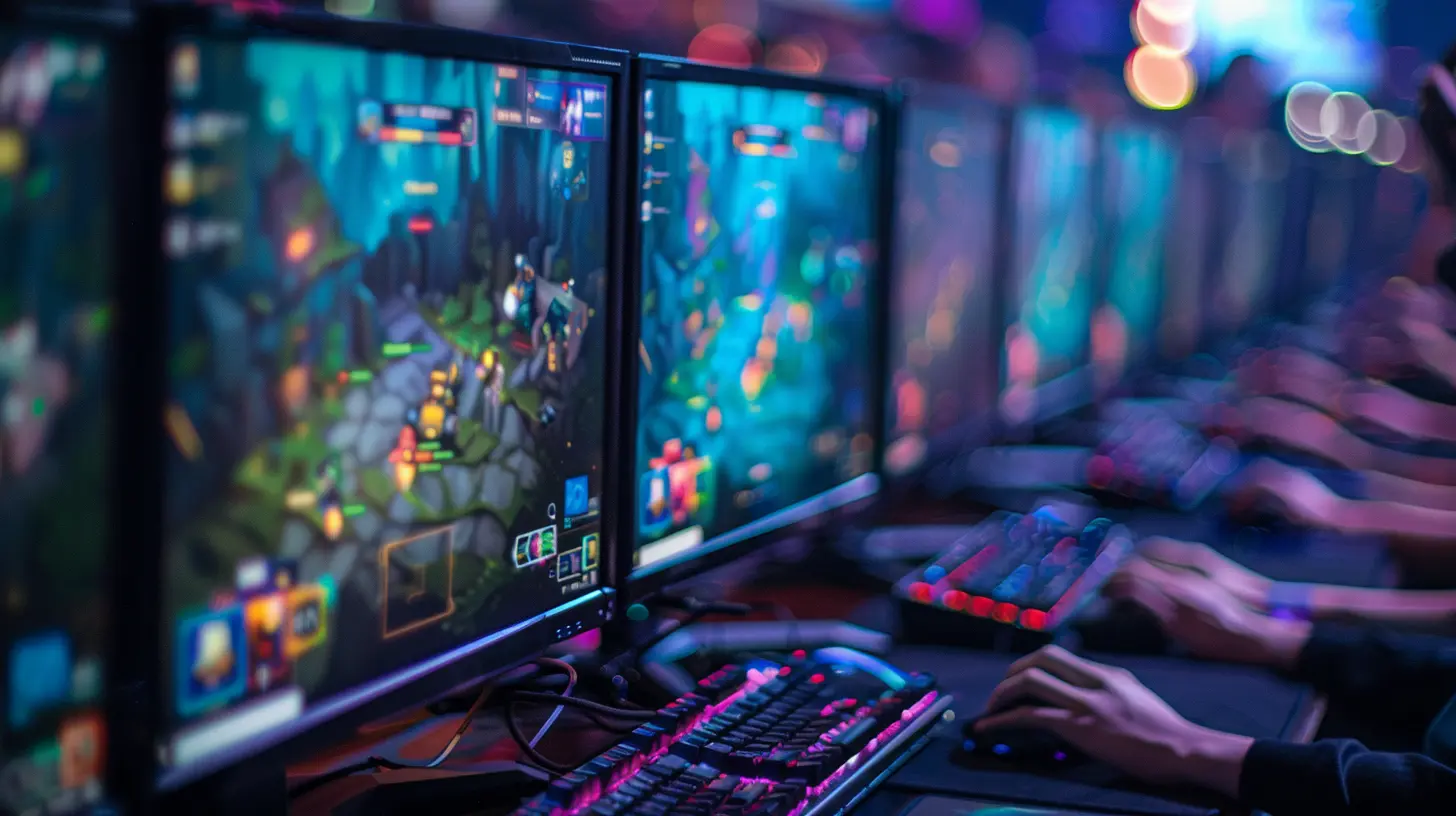
What Exactly Is Refresh Rate?
Think of your monitor like a flipbook. Every second, it shows you a bunch of still images that look like continuous motion when played quickly. The refresh rate is the number of times per second your monitor updates those images — essentially, the number of frames it can display every second.So, a 60Hz monitor refreshes the screen 60 times per second. A 144Hz monitor? Yep, it refreshes 144 times per second. That simple.
Now, let’s be real — that might not sound like a huge deal at first glance. I mean, if you’re used to 60Hz, you might think anything above that is overkill. But wait till you game on a 144Hz display. It’s like going from standard TV to ultra-smooth reality.
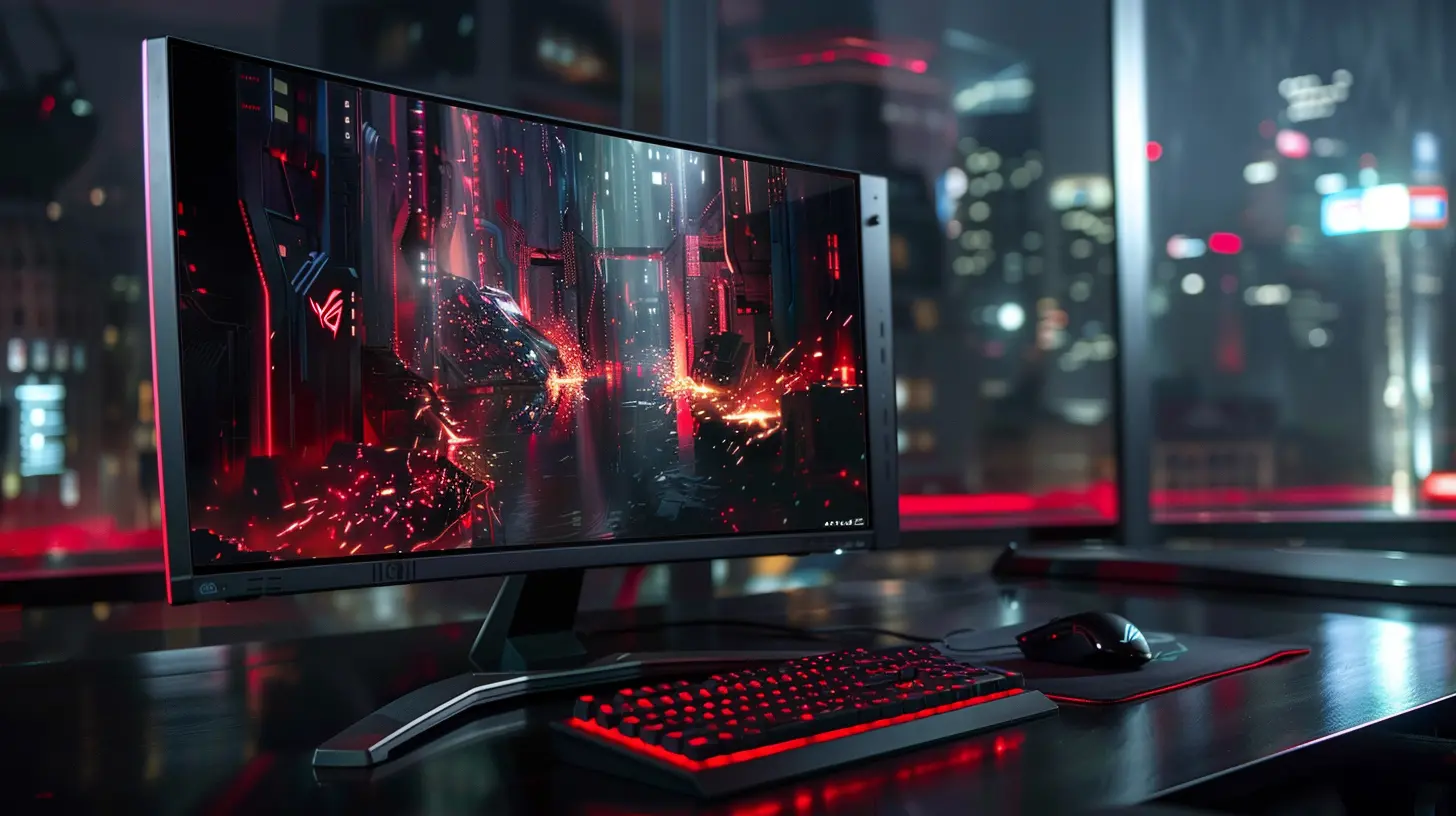
Why Is Refresh Rate So Important for Gaming?
Here’s the deal: when you’re playing fast-paced games — think FPS like Call of Duty, Valorant, or Apex Legends — you want every move, every flick, every shot to be as fluid and responsive as possible. A higher refresh rate helps with just that.1. Smoother Gameplay
This one’s a no-brainer. Higher refresh rates make everything look smoother. You’ll notice less motion blur, cleaner transitions, and more clarity when turning or panning quickly in game. It just feels better.Imagine driving a race car on a 60Hz display versus a 144Hz display. On 60Hz, the turns feel jittery, like lag is catching up with you. On 144Hz? It’s buttery-smooth — you’re in full control.
2. Reduced Input Lag
A higher refresh rate isn’t just about pretty visuals. It also cuts down on input lag — the delay between you moving your mouse or pressing a key and seeing the result on screen.In competitive gaming, even a few milliseconds can make a difference. 144Hz and above monitors help reduce that latency, giving you a real edge over opponents still playing on 60Hz setups.
3. Faster Reaction Time
Here’s a little secret: higher refresh rates can actually help you react faster. Since your screen updates more frequently, you see changes in the game world sooner. That means quicker decisions, faster responses, and — let's be honest — more wins.It won’t turn you into a pro overnight, but it’s one of those subtle upgrades that stack up over time.
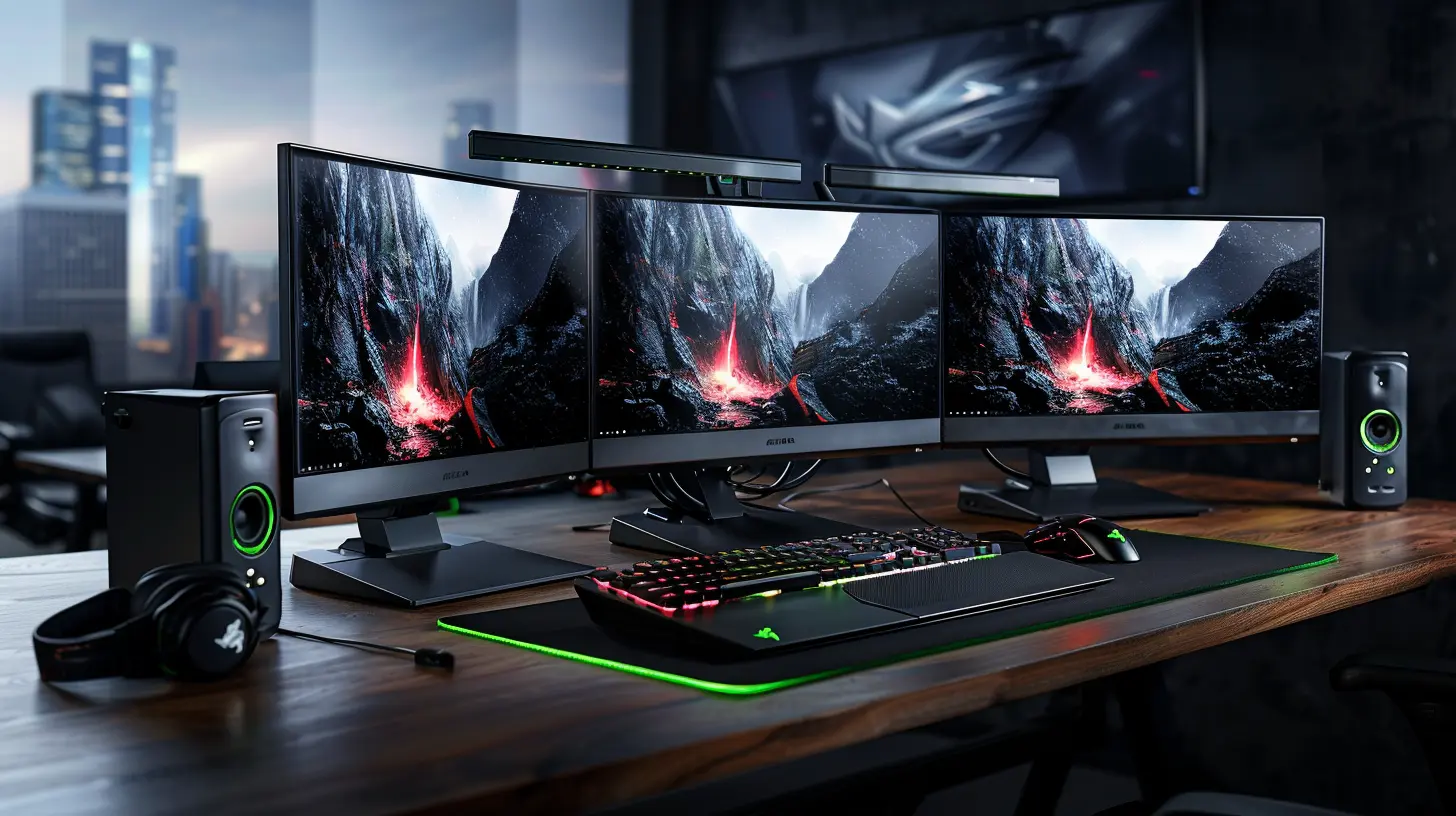
The Refresh Rate vs Frame Rate Debate
Let’s clarify something a lot of people get mixed up: refresh rate and frame rate are not the same thing.- Refresh Rate (Hz) is how many times your monitor updates the display per second.
- Frame Rate (FPS) is how many frames your graphics card is rendering per second.
Here’s where it gets fun: your gaming experience is only as good as the lower of these two numbers.
If your GPU's only pumping out 60 FPS but your monitor can handle 144Hz, you're still only seeing 60 updates. On the flip side, if your GPU is doing 200 FPS but your monitor is capped at 60Hz, you’re wasting potential frames.
That’s why it’s essential to balance both. Ideally, match your monitor’s refresh rate with your GPU’s capability for max performance.

What Refresh Rate Should You Go For?
Okay, so we’ve established that refresh rate matters. But how much is enough? Should you go all-in on the highest number possible?Let’s break it down.
60Hz: The Basic Entry Point
This is perfectly fine for casual gaming, strategy titles, or story-rich games like RPGs — where smoothness isn’t as critical as the visual quality and experience.But if you’re dabbling in competitive shooters or action games, 60Hz starts to feel sluggish real quick.
75Hz to 100Hz: A Small, Noticeable Bump
This range offers a noticeable improvement over 60Hz and is great for budget-conscious gamers who want smoother gameplay without breaking the bank. It’s a sweet spot if you aren’t playing at a competitive level but still want something better than standard.120Hz to 165Hz: The Competitive Sweet Spot
This is where things really come alive. Most modern “gaming monitors” fall in this range, and for good reason. It’s fast, responsive, and significantly more fluid than anything under 100Hz.If you’re playing FPS, racers, or MOBAs — or really anything where milliseconds matter — this is the refresh rate range where you should shop.
240Hz and Beyond: The eSports Standard
Going over 240Hz might sound ridiculous, but for professional gamers, every edge counts. Monitors that support 240Hz or even 360Hz provide the absolute pinnacle of speed and responsiveness — although you do need a powerful rig to match that frame rate.For most players, though, the difference between 165Hz and 240Hz isn’t as dramatic as the jump from 60Hz to 144Hz. So unless you’re aiming for the big leagues, 240Hz might be overkill.
Don’t Forget About Response Time and Input Lag
While we’re geeking out over refresh rates, let’s not forget about response time — how quickly a pixel can change from one color to another. This also has a huge impact on how smooth your game looks, especially during fast action scenes.Look for monitors with a response time of 1ms or 2ms for top-tier performance. Anything higher than 5ms, and you could start seeing ghosting or motion blur — not ideal when you're trying to hit a headshot.
Also, keep an eye on input lag — that’s the delay between your actions and what you see on screen. Most gaming monitors minimize this, but it’s still worth checking out in reviews before you buy.
Refresh Rate vs Resolution – What Should You Prioritize?
Another big dilemma: should you go for a higher refresh rate or a higher resolution?For instance, 4K monitors usually top out around 60Hz or 120Hz, while 1080p monitors can easily push 144Hz, 240Hz, or more.
Here’s the rule of thumb:
- For competitive gaming, go with higher refresh rate and lower resolution. Speed trumps eye candy in the esports world.
- For casual or single-player games, where immersion and visuals matter most, prioritize resolution.
In an ideal world, you'd have both — but most people don’t have the budget (or the GPU power) to game at 4K and 240Hz.
Adaptive Sync Technologies: G-Sync vs FreeSync
Let’s add another wrinkle to refresh rates — adaptive sync technologies.Your graphics card and monitor don’t always play nice together. Sometimes your GPU sends frames faster or slower than your monitor’s refresh rate, creating screen tearing. That’s when the image appears to split horizontally — super annoying.
This is where G-Sync (NVIDIA) and FreeSync (AMD) step in. These technologies match your monitor’s refresh rate to your GPU’s frame rate in real-time, eliminating tearing and stuttering.
If you have an NVIDIA graphics card, look for G-Sync compatible monitors. If you're team AMD, FreeSync is your go-to.
Bonus? Some modern monitors now support both — giving you more flexibility no matter what GPU you use.
Is a High Refresh Rate Worth It?
Let’s cut to the chase: yes.If you care about gaming performance, investing in a high-refresh-rate monitor is one of the best upgrades you can make. It’s eye-opening, it feels amazing, and it genuinely gives you a competitive advantage.
That said, it needs to be part of a balanced setup. Don’t buy a 240Hz monitor if your rig can barely hit 60FPS. It’s like putting sports tires on a scooter — pointless.
Make sure your GPU can push enough frames to match your monitor, and you’ll unlock the full potential of smoother gameplay.
Final Thoughts
In the gamer’s world, every millisecond counts. And while CPUs and GPUs often steal the spotlight, your monitor plays just as critical a role — especially when it comes to refresh rate.If you’re looking for a snappier, more responsive gaming experience, upgrading to a high-refresh-rate monitor might be the secret sauce your setup is missing. Whether you're landing clutch plays in Warzone or simply enjoying a smoother race in Forza, that jump from 60Hz to 144Hz (or more) is one you’ll feel instantly.
Choosing the right monitor isn’t just about picking the one with the flashiest specs. It’s about knowing what refresh rate works for your playstyle, your hardware, and your goals. So next time you're shopping for gaming gear, don’t just look at the colors and contrast — keep your eyes on that refresh rate.
all images in this post were generated using AI tools
Category:
Gaming AccessoriesAuthor:

Brianna Reyes
Discussion
rate this article
1 comments
Kylie Chavez
Great article! Refresh rate is crucial for a smooth gaming experience, especially in fast-paced titles. Investing in a high-refresh-rate monitor can significantly enhance performance and overall enjoyment. Keep gaming!
October 20, 2025 at 4:13 AM
